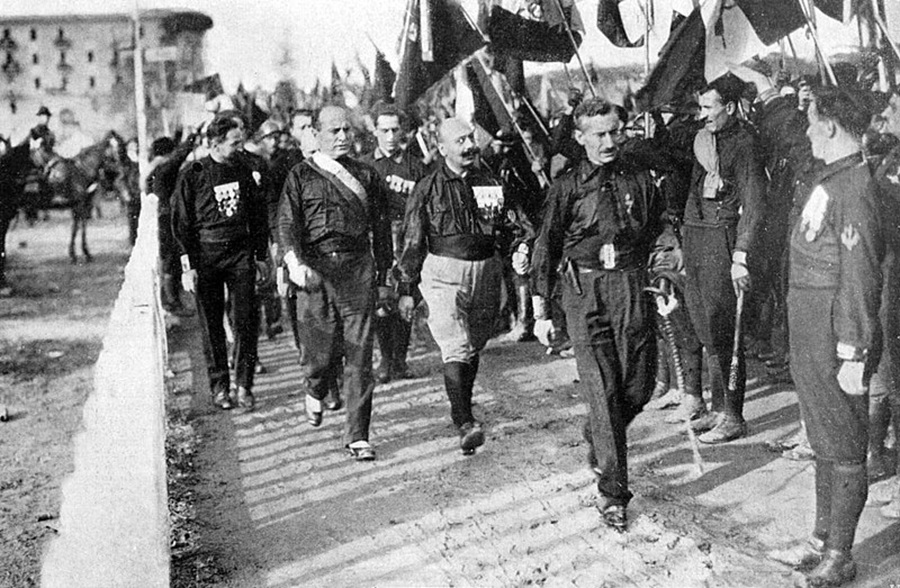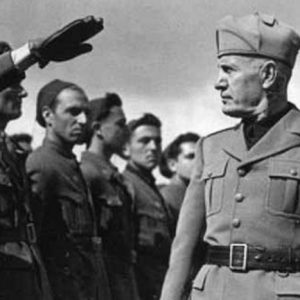103 ago today, the event known as the March on Rome culminated in the transfer of power in Italy and the rise of Benito Mussolini as prime minister. The march marked the beginning of fascist rule under Mussolini’s leadership.
In late October 1922 thousands of supporters of the National Fascist Party — commonly called “Blackshirts” — converged on Rome and across Italy to demand a change of government. The liberal premier, Luigi Facta, sought to declare martial law to halt the insurrection yet found himself unable to do so when Victor Emmanuel III declined to sign the decree.
Instead of resisting the fascist squads, the king asked Mussolini to form a government, effectively yielding power without major military conflict. The March on Rome, though often portrayed as triumphant and orderly, followed a period of violence from fascist militias across Italy and significant political and social unrest.
Mussolini had already positioned his party as the defender of order amid strikes, economic instability and fear of socialism after the First World War. Landowners, industrialists and elements within the state believed that aligning with Mussolini offered an alternative to political chaos.
Within two years of his appointment as the youngest-ever Italian prime minister, Mussolini had converted his government into a dictatorship. Italy would endure another two decades of authoritarian rule, until the Allied victory in the Second World War brought its end.





